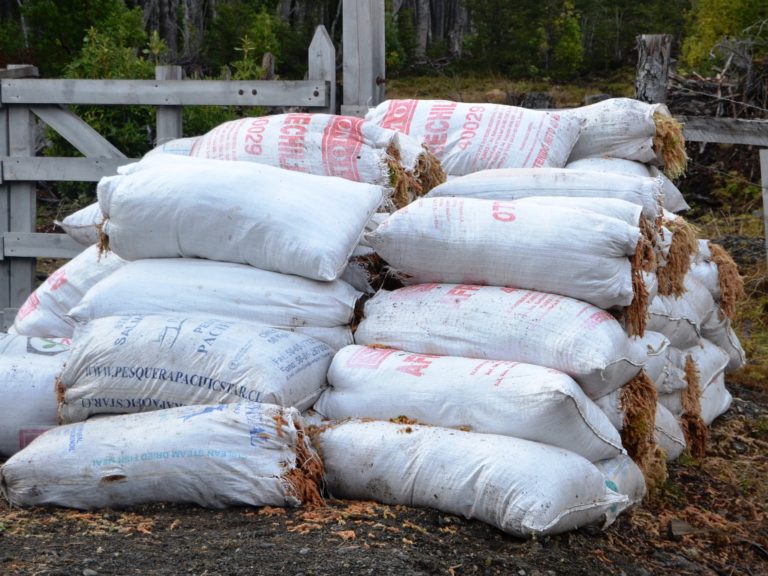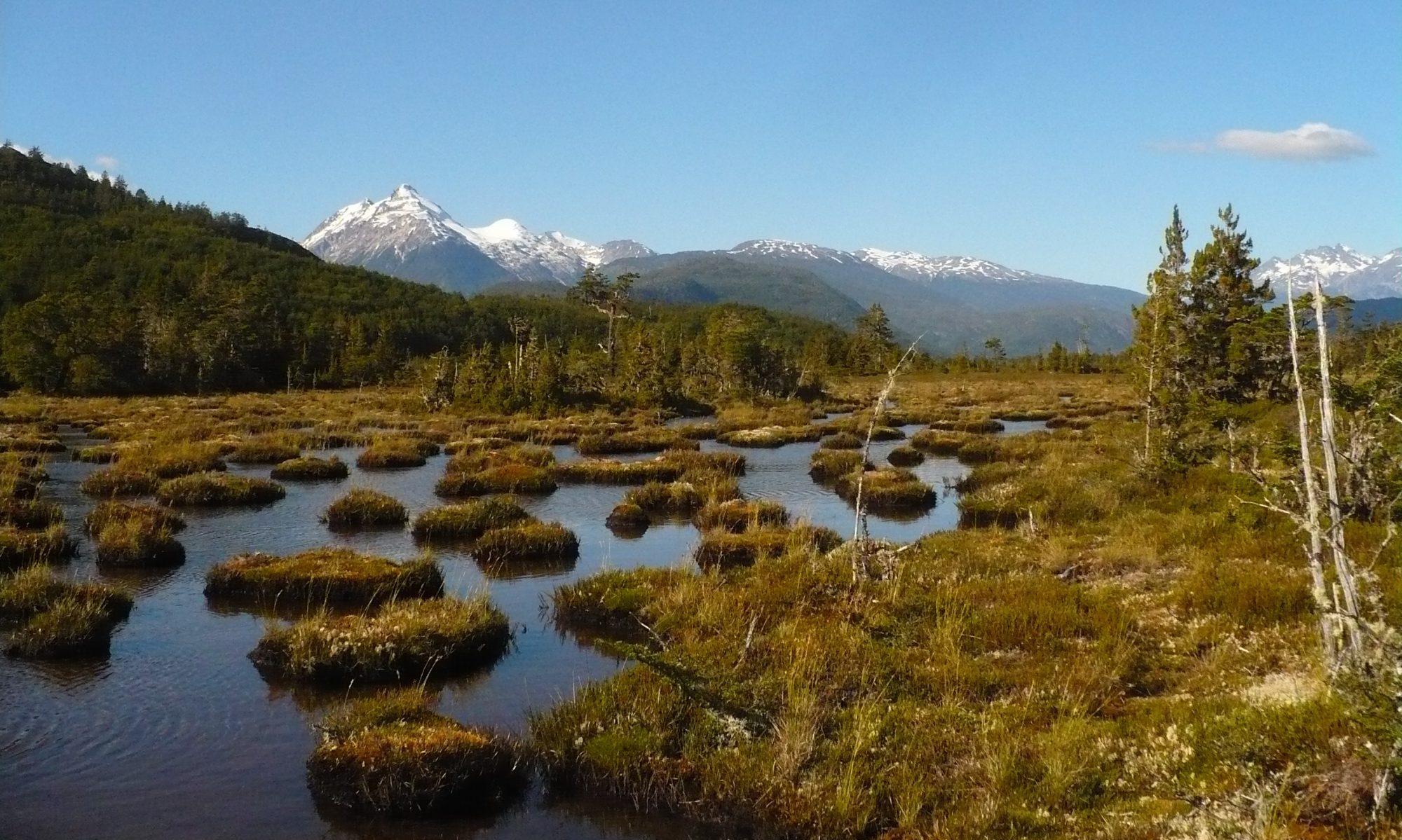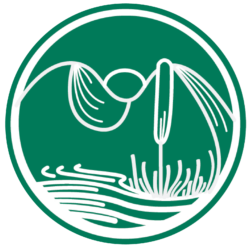
Again a setback for the protection of Sphagnum bogs in Chile. After delaying by one year the Decreto Supremo 25, which regulates the harvest of Sphagnum magellanicum of the Chilean bogs (see link), the Chilean Ministry of Agriculture modified crucial parts just three weeks after it became effective in August 2019. Without any official announcement, the peatland community became aware of these modifications just now. In essence, they weaken the protection and facilitate the access to the mostly pristine bogs of Southern Chile, for peatmoss harvesting.
The most important changes are:
– The maximum harvest depth of 15 cm (as required in the original version) has been taken out. Instead the harvester can cut the moss much deeper, if 5 cm of the living moss remain.
– Minimum regeneration intervals (as required in the original version) of 85 years in the Regions Magallanes and Aysén and 15 years in the Region Los Lagos have been taken out.
– Possible harvest sites have been extended to areas without homogenous cover of Sphagnum magellanicum. According to the original version, only areas with homogenous Sphagnum magellanicum cover were suitable for peat moss harvesting.
– A record of water level measurements of the unintervened site of at least one year, which is required as part of the management plan (in the original version), has been omitted.
In addition, eventual peat harvesters shall participate in a workshop of “good harvesting practices”. Also, the Servicio Agrícola y Ganadero (SAG), which is the supervising authority, will not be engaged directly in the supervision of the peat moss harvest, but contract external inspectors.
In summary, these changes will mean nothing good for the Patagonian peat bogs.
The original regulation has been written for the cause of protecting and regulating the peat moss harvest on a sustainable level. The new version has been written with the feather of an entrepreneur facilitating the access to greater areas and reducing the effort. Moreover, the omission of the water level record will not allow deductions, whether the harvest is affecting the hydrological balance of the peatbog. Without this hydrological reference of the pristine site, not SAG stuff, not external inspectors will later be able to characterize the (negative) effects on the ecosystem.
Further, what sounds alright in theory, becomes a problem in real life. A harvester might chose a tool, which could help him to determine the harvesting depth to 10 cm or 15 cm. But to check always until which depth the living parts of the Sphagnum magellanicum strands reach and leave at least 5 cm of the plant is much more tedious.
The omission of the regeneration intervals will most likely lead to an overexploitation of bogs, especially those which are easy to access by roads. And this higher peat moss extraction rate will come with all its side effects like pollution with plastic bottles and canisters, damage by trampling, tyre tracks at the fringes of the bogs and erosion.
Instead of undertaking as a first step scientific investigations to explore the regeneration rates of Sphagnum according to its climatic gradient and local settings, and in a second step derive harvest regulations, the inconsiderate exploitation of peatmoss is favoured. We hope that rather sooner than later, the decision makers in Chile will understand that reckless extractivism is shortsighted and will not only lead to the devastation of these precious ecosystems, but also to the loss of an economic resource, that with more caution could be managed sustainable.

